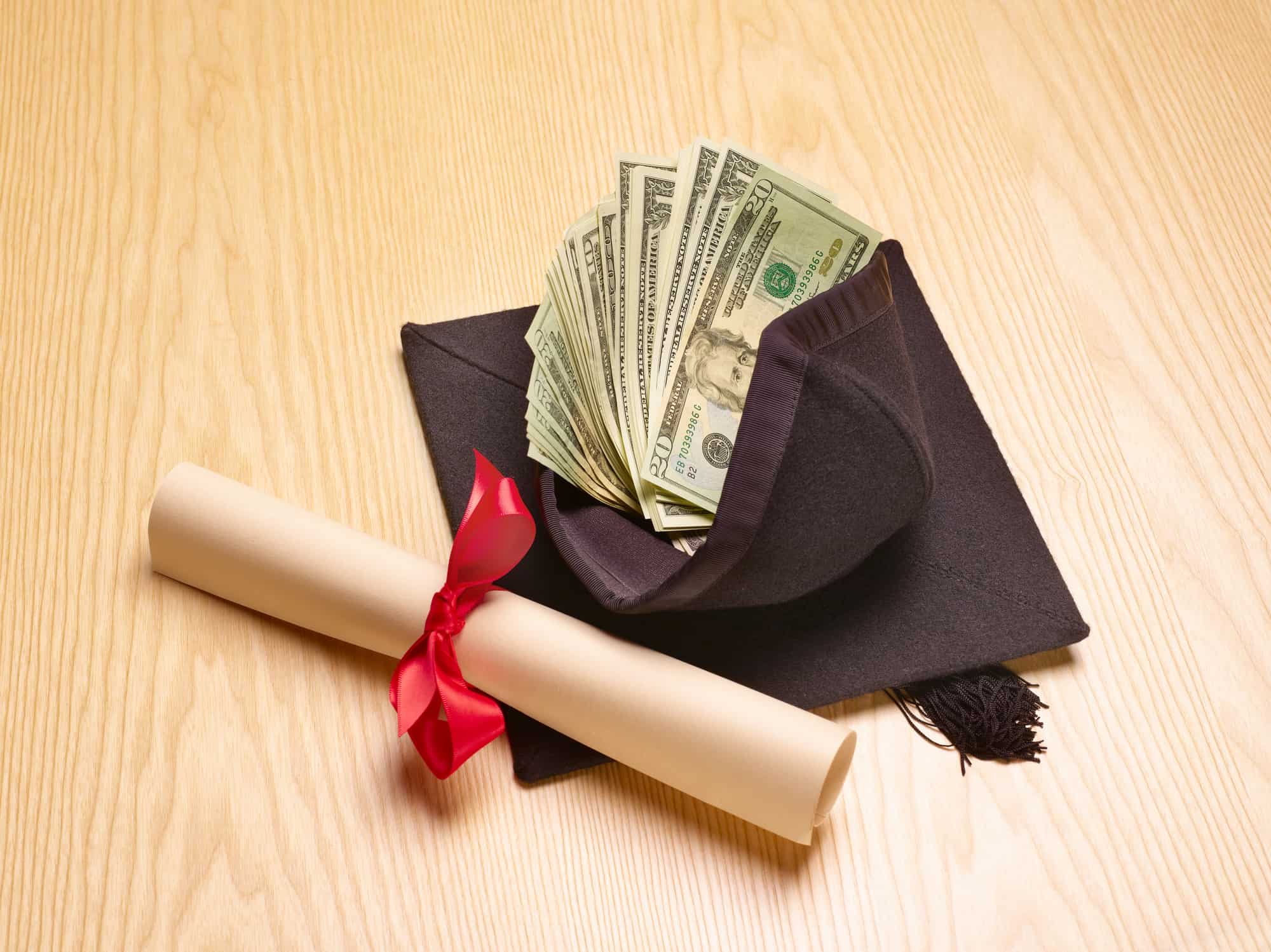Breaking Down the Student Loan Types
The average in-state public college costs $10,116 in tuition and fees. For private colleges, that figure jumps to $36,801.
On top of tuition and fees, students have to pay for textbooks, room and board, and daily living expenses such as food and internet. To help offset these costs, many students have to take out student loans.
There are several student loan types, and the right one for you depends on your current financial situation and how much debt you’re willing and able to take on. Knowing the ins and out of financial aid gives you an idea of what you’ll qualify for and what your student loan payments will look like in the future.
Before taking on any student loan, read this guide. We’ll answer your questions and give you some much-needed information.
What Are Student Loans?
Student loans are a form of financial assistance for students of higher education. This may be for undergraduates, graduates, or students pursuing specialty education programs such as medical school or law school. They help pay for fees and tuition, but they can also be used for paying for school supplies, textbooks, as well as living expenses.
One common characteristic of student loans is that they’re installment loans. That is, they’re paid back in installments after a grace period, which is typically after the student has finished school.
There are student loans that are funded by the federal government while others act somewhat like personal loans and are provided by private institutions such as banks.
Federal vs Private Student Loans
Student loans are obtained through either the federal government or through private institutions. Which one is best for you depends on your financial need, the number of years you’ve been in school and have left of school, and your credit history.
Federal student loans are provided by the federal government. These tend to be more flexible loans that offer low, fixed interest rates.
Beyond the interest rates, these are a good starting point when you require a loan to help you pay for school because they offer interest deferment programs. That means that interest doesn’t accrue while you’re studying. You also won’t have to start paying them back until after you’ve graduated and your grace period has ended.
Private student loans are obtained through banks, credit unions, and also through state programs. They also offer refinance loans once you’re finished school and need to start repaying your loan.
Private student loans require a full underwriting process, which means your credit and ability to repay is checked, among other things. These loans generally carry higher interest rates than federal loans. Their repayment period is also usually shorter.
Other Student Loan Types Explained
There are many types of student loans out there. Below, we’ll explain some of the other student loan types, both in the federal and private varieties.
Federal Loans
When the college or university that you attend lends you the money to attend school, that may be a Perkins loan. A Perkins loan is a type of federal loan where funding is drawn from a pool that the federal government funds.
Usually available to any student, Stafford loans don’t consider your credit score or your ability to pay for school. But these low-interest loans are strictly regulated by the federal government.
The federal government also makes money available to parents. These are called PLUS loans and they work similarly to commercial loans.
Private Loans
International students make up 5.5% of the total number of students in US universities and colleges. These students don’t qualify for federal student loans. Instead, they can apply for international student loans through a private lender.
Many states have loan programs. State loans look and feel more like a private loan than a federal loan in that they have higher interest rates and an in-depth underwriting process.
Community banks and credit unions may offer credit union loans. You might be able to get favorable terms for these loans if you already bank at these institutions.
If you have bad credit, consider looking at a student loan for bad credit. Instead of looking at your credit score to decide if you’re eligible, they’ll consider factors such as earning potential.
Many private loans will require you to have a cosigner. If you don’t have someone to cosign for you, then a student loan without a cosigner might be for you. There are only a few lenders who offer this and they’ll consider factors outside of credit history in determining your ability to repay.
For students going to law school, bar exam loans help cover things that other loans don’t. This includes items like exam application fees and prep classes. This way, you don’t have to hold down a job while prepping for the bar exam.
Students attending medical school and who have good credit may qualify for medical school loans. These have lower interest rates than federal loans. However, if you take one, keep in mind that these can’t be forgiven if you work at a nonprofit hospital after graduating.
Additional Financial Advice to Get You Through School
Knowing the student loan types is your first step to getting financial aid to help you pay for school. But there’s a lot more to student financial aid than that. You should know what you qualify for, what the repayment terms are, and whether or not you’ll qualify for reconsideration, refinancing, or loan forgiveness later on down the line.
And as an additional resource, check out our top reads on all things financial advice. This will help you get your finances in order, so you’re in the best position to pay back your loans when the time comes.

